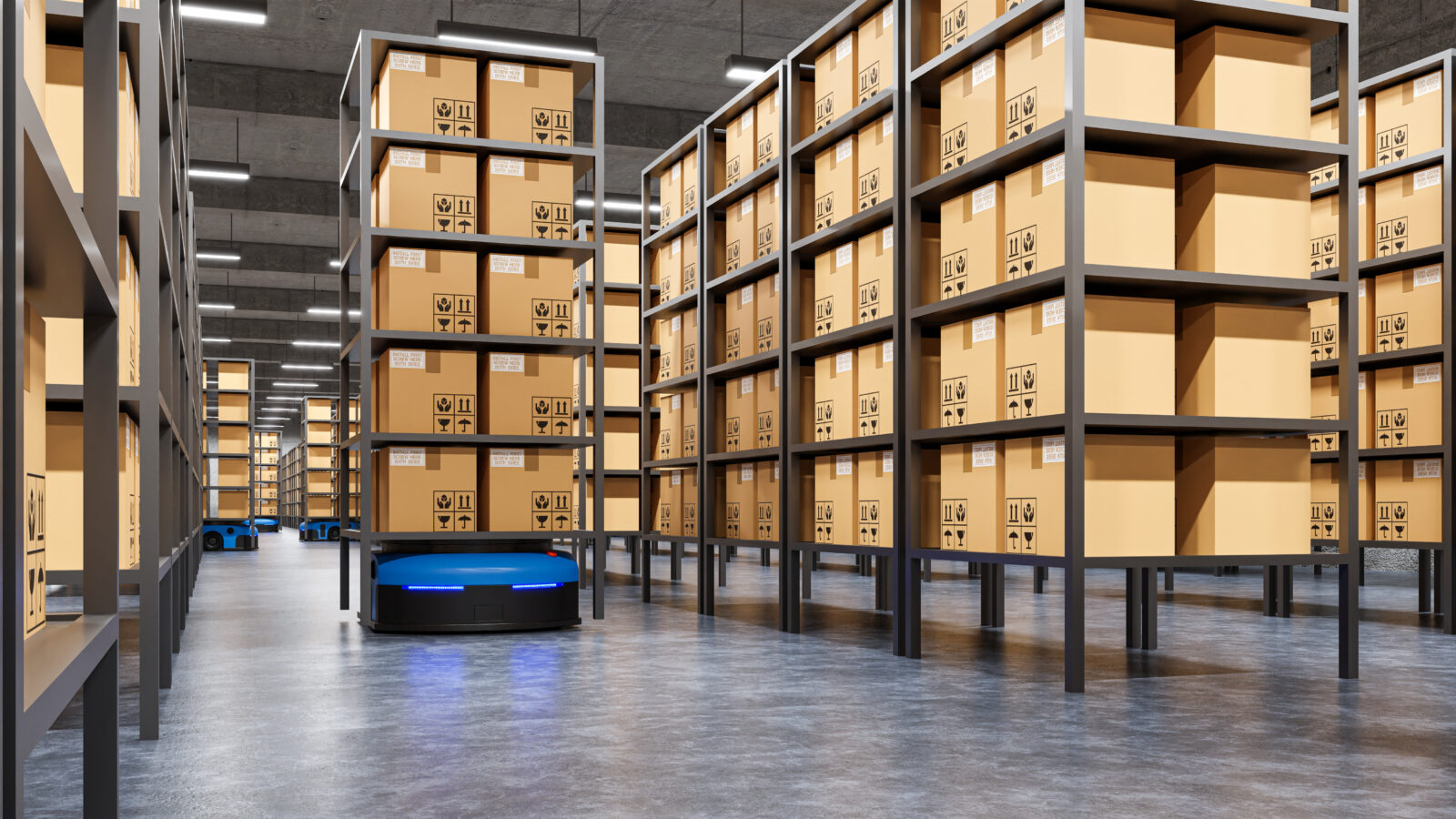Fulfillment is one of the most challenging parts of today’s e-commerce businesses. They face the important goal of streamlining order fulfillment and e-commerce packaging to meet an increasingly global demand. Online shoppers expect a quicker turnaround time than ever before.
However, with less labor to work those jobs, those companies are turning to modern, automated e-commerce packaging technologies. They operate both as partial or fully automated. This saves labor costs and allows the e-commerce business to focus on other tasks besides repetitive or time-consuming fulfillment.
Benefits of E-Commerce Packaging Automation
When it comes to e-commerce, packaging automation has many benefits aside from achieving a greater throughput. Automation can help build a more sustainable and eco-friendly business. New methods in e-commerce packaging help businesses utilize data more than ever before.
Data connections are vital to understanding their supply chain overview. Furthermore, packaging automation can detect issues or concerns they need to know right away in the fulfillment process.
Things to Consider When Automating Packaging
When an e-commerce business decides to pursue new packaging methods, the first step is to think about line automation. Knowing how to approach the package line automation process will help decide what is appropriate for their business.
For example, a company with a high number of single line orders should use a packaging automation solution that is able to pick the most efficient box size. This is because automated technology can more efficiently fill the boxes and pick the correct size of the shipment.
For other businesses, like those with a large number of multi-line orders, large robotic machinery could be best. These types of robotics can pick items from a conveyer belt but can also keep up with quality assurance and speed. Each business must decide which is the correct approach based on their historical orders.
Another issue e-commerce automated packaging can be used to solve is help with product tracking needs. Labels can be generated to help streamline and coordinate packaging.
Additionally, RFID is another technology e-commerce businesses should think about. Automated packaging technology can use RFID to know exactly where in the factory or warehouse a product is.
Finally, e-commerce businesses should think about their packaging designs, which automation can produce inexpensively and at scale. Package printing technology is more common and gives the e-commerce business a personalized touch.
E-commerce will only become more competitive as consumers’ online buying habits increase all the more. Automatic e-commerce packaging can give businesses an advantage over their competition.
